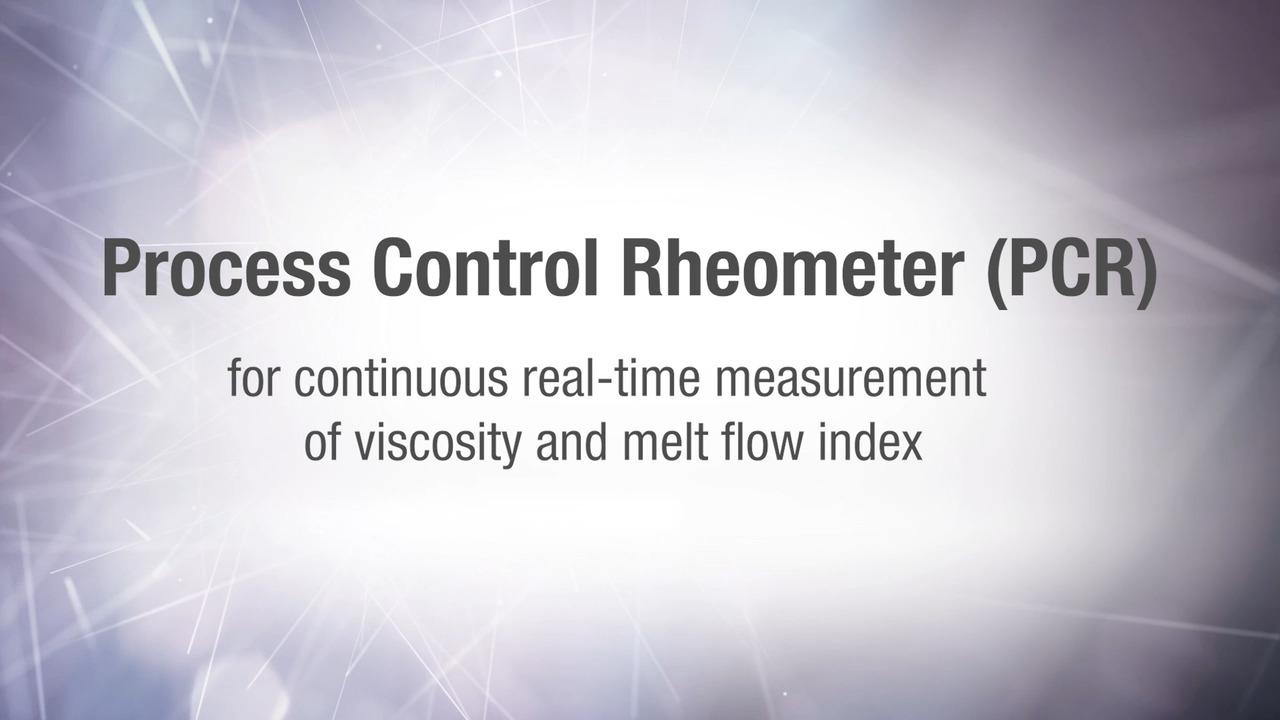Search Thermo Fisher Scientific

Measurement of viscosity and rheological properties
From building materials, paints, and coatings to pharmaceuticals, petrochemicals, and polymers, an accurate understanding of the rheological properties is critical when new products are developed, and the quality control of existing formulations is managed. As industries work to optimize their products, Thermo Scientific rheometers and viscometers offer a wide range of measurements including viscosity, yield stress, viscoelasticity, thixotropy, stability tests, shear recovery, levelling and sagging behavior, phase transitions, and more.
Rheology and processing of construction materials
By optimizing the formulations of construction materials such as mortar, cement, bitumen, and ceramic slurries, the durability and applicability of these materials can be improved—even when exposed to a wide range of harsh conditions. For example, rheological testing protocols have been defined over the past several decades to guarantee consistent quality control of bitumen binder materials. Likewise, rheological testing can determine the suitability of concrete mixes for specific types of molds and other applications. From viscosity measurements at different temperatures to multiple stress creep recovery tests, Thermo Scientific rheometers and viscometers can provide the fast, accurate data needed to produce long-lasting building materials.
Rheology in cosmetics
Whether it is a cream, ointment, spray, foam, or gel, consistently delivering the highest quality cosmetics and personal care products can be a challenge. While simple viscosity measurements are often sufficient for evaluating raw materials, extensive rheological testing is necessary to predict and adjust product shelf life as well as processing and application behavior. Thermo Scientific HAAKE rheometers and viscometers offer the reliable analyses required for a wide range of cosmetics and personal care products.
Rheology for education
Rheology instructors need intuitive instruments and software that allow students to rapidly come up to speed. From simple viscosity measurements to complex rheological investigations, rheometers and viscometers help students quickly learn proper operation, while producing fast, repeatable results.
Rheology of energy materials
As we work to conserve the earth’s precious resources, there is a growing need to produce and store energy more sustainably. For example, many innovative materials have been commercialized to increase battery performance supported by the rheological characterization of the active anode and cathode material. With Thermo Scientific instruments, lab technicians can easily measure the flow and viscosity behavior of battery slurries over a broad range of shear rates with high precision—helping scientists come up with the new formulations needed for a more sustainable energy future.
Viscosity and rheological properties of food
Many of the most important properties of food such as texture, stability, and shelf-life are directly linked to measurable rheological parameters. Understanding rheological behavior helps food scientists to develop new formulations that meet consumer preferences. From a simple viscosity measurement of a liquid or semi-solid material to breaking tests of solid products, HAAKE viscometers and rheometers provide the tools needed for a comprehensive investigation of raw materials as well as finished food products.
Rheology of coatings and paints
Paints, inks, and coatings are highly structured fluids consisting of many components that affect the flow behavior of the final product. Binders influence properties such as gloss, durability, flexibility, and toughness. And additives can modify the surface tension, optimize the thixotropic behavior, or improve finish appearance of the paint film. To evaluate the rheological performance of paints, inks, and coatings, comprehensive test methods are needed. The wide range of measurements possible with Thermo Scientific instruments can help to optimize these formulations and ensure consistency among batches.
Petrochemical analysis instruments
Whether measuring the viscosity of crude oil samples under elevated pressures and temperatures, determining the yield stress of a drilling mud, or optimizing pipeline transportation, Thermo Scientific rheometers can optimize oil production. We provide high-end bench top rheometers that measure viscosity and viscoelastic properties under various conditions. We also offer combined analytical methods that provide new insights in sample characteristics.
Rheology of polymers
Our rotational rheometer platforms can be used to study the lifecycle of a polymer—from its development in the R&D lab to quality control during production. Due to their chemical structure and high molecular weight, polymers exhibit complex flow and deformation behavior. Determining the viscoelastic properties of polymeric materials is needed to improve formulations as well as the production processes required to obtain the specific properties needed for different applications.
Process control rheometers enable the real-time measurements of viscosity, melt flow index, melt volume rate with low melt flow rate at fast reaction times during polymer production or in recycling lines. An optional optical block allows sensor integration for e.g. simultaneous chemical structure analysis by using spectroscopy.
Pharmaceutical applications of rheology
Rheological properties are important to understanding the stability of both liquid and semi-solid pharmaceutical products. For example, a nasal spray needs to demonstrate a certain viscosity so that the active ingredient can be applied via spraying. Similarly, eye drops and other products that are administered by drops must drop out of the bottle slowly under the effect of gravity. Rheology can help pharmaceutical companies accelerate product development by making reliable predictions about the stability and shelf-life of new formulations.
Photochemical reaction testing
Rheological characterization of photosensitive sample properties before, during, and after photochemical curing reactions can be investigated with HAAKE rheometers to support new material development. The HAAKE MARS 40/60 rheometers can also be combined with FTIR for simultaneous collection of rheological data and FTIR spectra—allowing for the investigation of structural changes within the sample during curing.
For Research Use Only. Not for use in diagnostic procedures.
